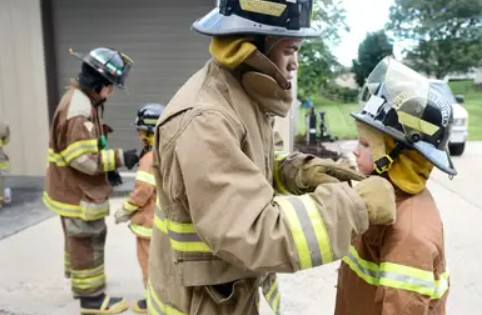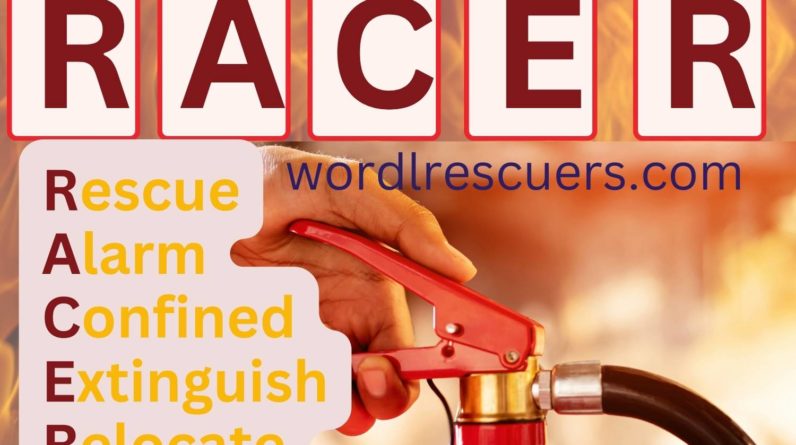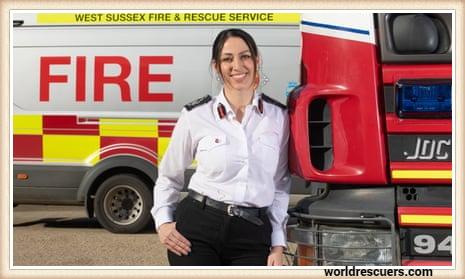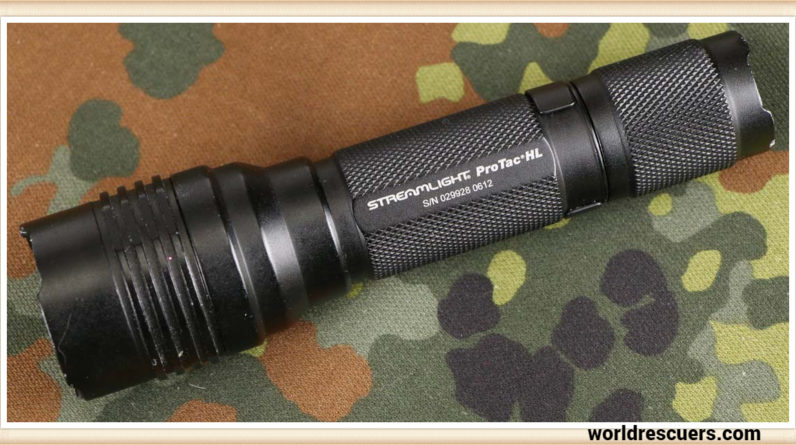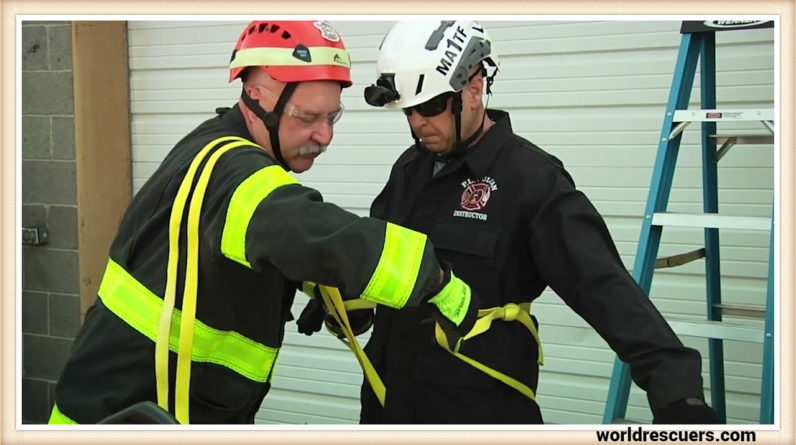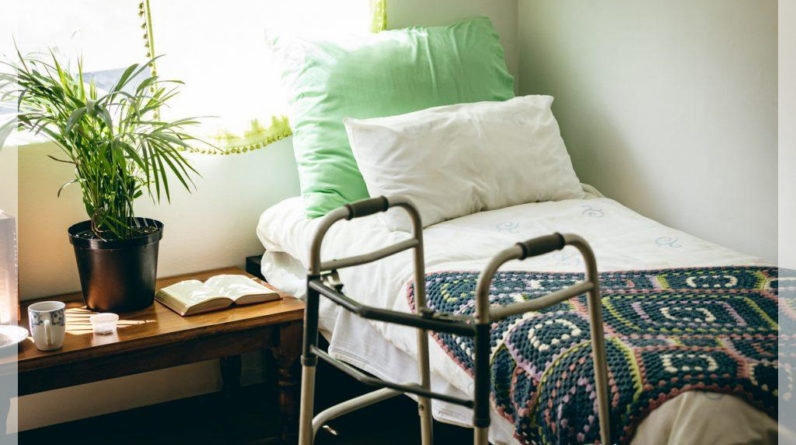
Introduction
Fire safety protocol is crucial to running a care home. Staff members should be trained on proper fire safety protocol and know what to do in the event of an emergency. Being familiar with a building’s fire alarm system is imperative. Get everyone involved — so everyone is prepared, have a practice run in a fire drill. Make sure your smoke detector and sprinkler systems are up-to-date. The fire department should be notified if there are any changes in the building’s structure or occupancy. Have a plan for getting your residents out in an emergency
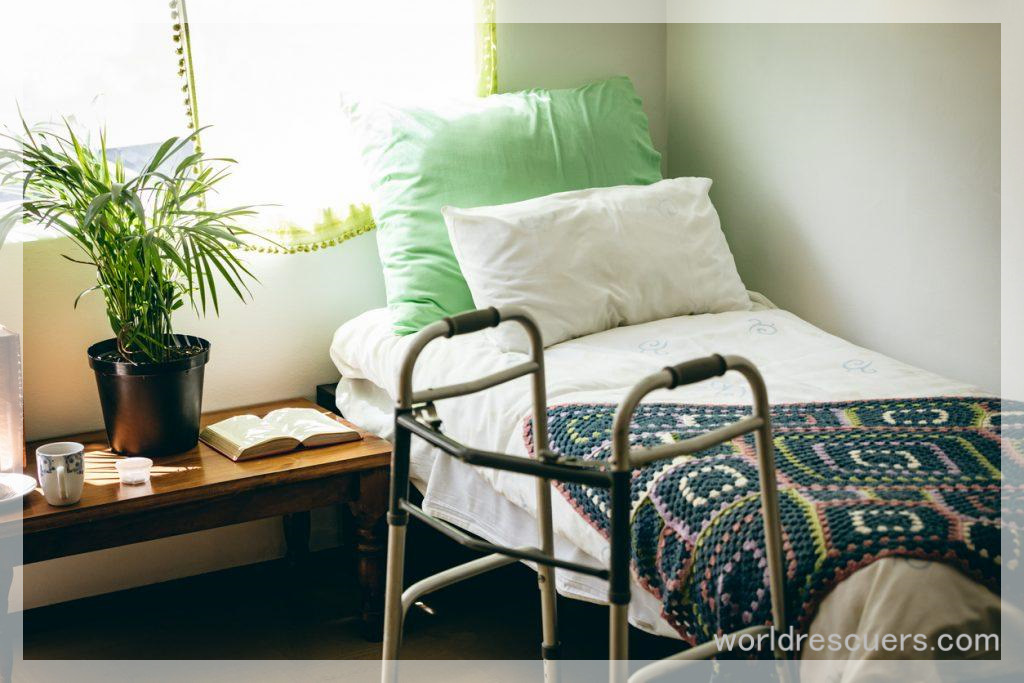
Fire safety protocol is crucial to running a care home.
Fire safety is a major concern for both residents and staff members. A fire in a care home can be devastating, but it’s important to understand that even minor fires can be prevented through proper precautions. Dealing with an emergency situation like this will help ensure your facility remains safe for all its occupants, including those who are elderly or disabled.
Here are some tips on how you can make sure that safety measures are taken:
Staff members should be trained on proper fire safety protocol and know what to do in the event of an emergency.
- Staff members should be trained on proper fire safety protocol and know what to do in the event of an emergency.
- Emergency exits are marked, as well as directions for how to evacuate residents in case of a fire.
- Fire extinguishers are located near each exit and must be used according to manufacturer instructions (e.g., ABC).
- The building should have working smoke alarms on every floor that can alert occupants when there is smoke or heat present (for example, if the smoke alarm goes off during an evacuation).
Being familiar with a building’s fire alarm system is imperative.
If you’re responsible for managing a care home. It’s important that you have a thorough understanding of the fire safety features in your building. It’s also imperative that you know how to use the alarm system and where it is located.
If there is a fire, knowing how to shut off false alarms will help save lives by keeping people safe from danger while they try to escape. It’s also important not only to know where extinguishers are located but also how they work. So that if an actual emergency occurs, someone can get help immediately without having any hesitation when responding appropriately.
Elevators and stairwells should be inspected regularly as well. If there aren’t enough doors or windows then these areas may become unsafe during an evacuation attempt (for example).
Get everyone involved — so everyone is prepared, have a practice run in a fire drill.
To ensure that everyone is prepared in the case of a fire. It’s important to conduct a fire drill. This can be done by having all residents practice what they would do if there were a real emergency. It’s also important to make sure that you have an escape route for each resident. And know where everything is located within your home. Finally, make sure that everyone knows how many exits there are at their disposal.
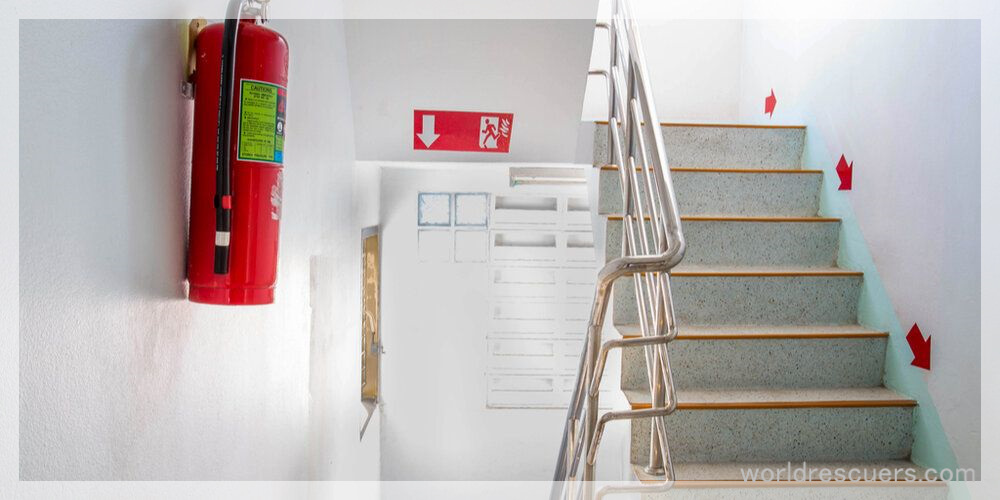
Fire drills should be conducted at least once per year. However, if there isn’t enough time between them or if you live far from the nearest fire station then it may be necessary for your facility manager/supervisor/building inspector etc… To conduct one more frequently than this minimum threshold requires. So this process becomes routine rather than something rushed into place only after an actual emergency occurs unexpectedly while nobody was paying attention…
Make sure your smoke detector and sprinkler systems are up-to-date.
- Check your smoke detector and sprinkler system monthly.
- Replace batteries in smoke detectors and sprinklers twice a year.
- Check for water damage to walls, doors, ceilings, and floors of your care home. If you find any moisture-related damage. It’s important to call an expert immediately so that they can replace damaged materials or repair the area as necessary.
- Replace damaged sprinkler heads as soon as possible after discovering them so that they can continue working properly throughout their lifespan (which may vary depending on factors such as age). To do this yourself.
- Remove the old head by unscrewing it from its base. Then pull out any debris inside with pliers before replacing it with its base again (be careful not to overtighten!).
The fire department should be notified if there are any changes in the building’s structure.
If you are adding a new building or business, or if you are increasing the occupancy of an existing building. Then it is important that you notify the fire department. This can be done by filling out a form and sending it to them in advance.
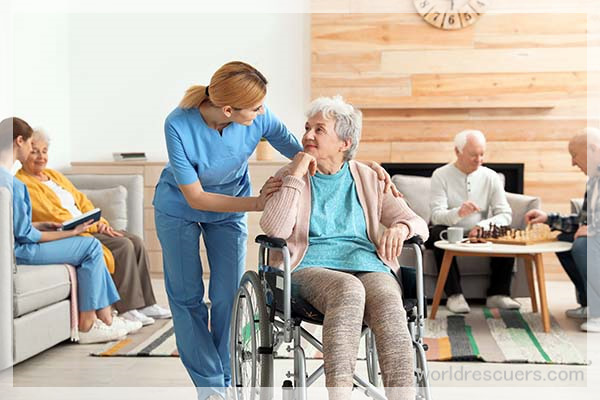
You can find out more about this by calling the fire department directly at [911].
Have a fire safety plan for getting your residents out in an emergency.
- Have a plan for getting your residents out in an emergency.
- The plan should include a meeting place. Where everyone will gather after the fire alarm is activated. This might be at the front desk, or it could be outside on the lawn if there’s space to stand comfortably amid all of their belongings.
- Make sure that everyone knows how to use the fire escape properly, especially those who are most likely to need it (elderly residents). Additionally, it’s important that you know whether or not there are any pets in your care home and what kind of precautions you can take to protect them from harm during a fire emergency situation.
Everyone should be prepared and ready to go in case of an emergency.
Everyone should be prepared and ready to go in case of an emergency.
- Know what to do in an emergency. Have a plan for getting everyone out safely. Including backup plans, if your primary plan fails or is delayed by unforeseen circumstances.
- Practice evacuation drills regularly with staff members who are not involved in caring for residents, so they know how to react when needed.
Conclusion
Having a fire safety plan is important for running a care home. But it’s also essential to the safety of your residents and their loved ones. That’s why it’s so important that everyone who works at the home participates in emergency drills so they know what to do in the event of an emergency. This will help ensure that you’re able to get everyone out safely before the fire department (Firefighters) arrives at your care home with all its equipment.
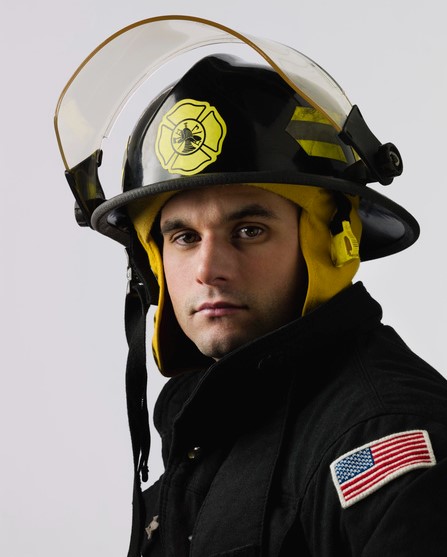
Hi, I am John Smit a Captain in Fire Department City of Newyork with over years of experience in the field of Firefighting and HSE. My passion for fire safety started when I was a young boy and witnessed a neighbor’s house go up in flames along with precious lives. Since then, I had dedicated my life to ensuring the safety of buildings, properties, and individuals in case of a fire and medical emergencies.

